In the competitive landscape of the dining industry, the ambiance of a restaurant plays a pivotal role in shaping the overall dining experience. A study by the National Restaurant Association revealed that 70% of diners believe that a restaurant's atmosphere significantly enhances their experience, particularly in a "Standard Table Restaurant" setting where patrons expect a casual yet inviting environment.

Research indicates that well-designed lighting and decor can increase customer satisfaction by as much as 40%, as guests are more likely to return to spaces that resonate with them emotionally. Moreover, industry insights suggest that restaurants focusing on creating a unique ambiance often see a 20% increase in revenue, highlighting the critical importance of ambiance in attracting and retaining customers.
This article explores the strategies employed by standard table restaurants to craft the perfect atmosphere that captivates and enchants diners.
Lighting plays a pivotal role in creating the perfect ambiance within a standard table restaurant, influencing not only the aesthetics but also the diners' overall experience. Warm, dim lighting can evoke feelings of intimacy and comfort, making it an ideal choice for date nights or special celebrations. Soft illumination fosters conversations and encourages patrons to linger over their meals, transforming a simple dinner into a memorable occasion.
In contrast, brighter lights can invigorate the atmosphere, suitable for lunchtime crowds or bustling bistros aiming to create a lively environment. The strategic use of lighting design, including fixtures like pendant lights or candlelit tables, contributes to a restaurant's personality and theme. Additionally, color temperature influences mood—cooler tones can create a more modern feel, while warmer hues offer a traditional, cozy ambiance. Ultimately, thoughtful lighting enhances the dining experience, making diners feel welcomed and engaged while they savor their culinary adventure.
The right color palette plays a pivotal role in creating an inviting atmosphere in a standard table restaurant, influencing diners' emotions and dining experience. Studies indicate that color can enhance appetite and encourage social interaction; for instance, warm colors like red and orange tend to stimulate energy and stimulate the senses, while cooler shades, such as blues and greens, can promote relaxation and comfort. According to the Pantone Color Institute, establishments that strategically implement their color choices can see a significant boost in customer satisfaction and repeat visits.
Tips for Color Selection:
1. Warm and Welcoming: Incorporate warmer tones for areas meant to energize and encourage conversation, such as dining rooms. Consider accents in reds or yellows to make the space feel inviting.
2. Soothing Spaces: In quieter areas or lounges, opt for blues and greens to foster relaxation. These colors can ease tension and create a serene dining experience, supported by research from the Journal of Consumer Research showing how softer shades can influence dining duration positively.
Ultimately, pairing color strategically with lighting can enhance the overall ambiance. A warm glow combined with the right hues can enhance meal presentation and elevate kitchen artistry, showing diners that they are experiencing something exceptional.
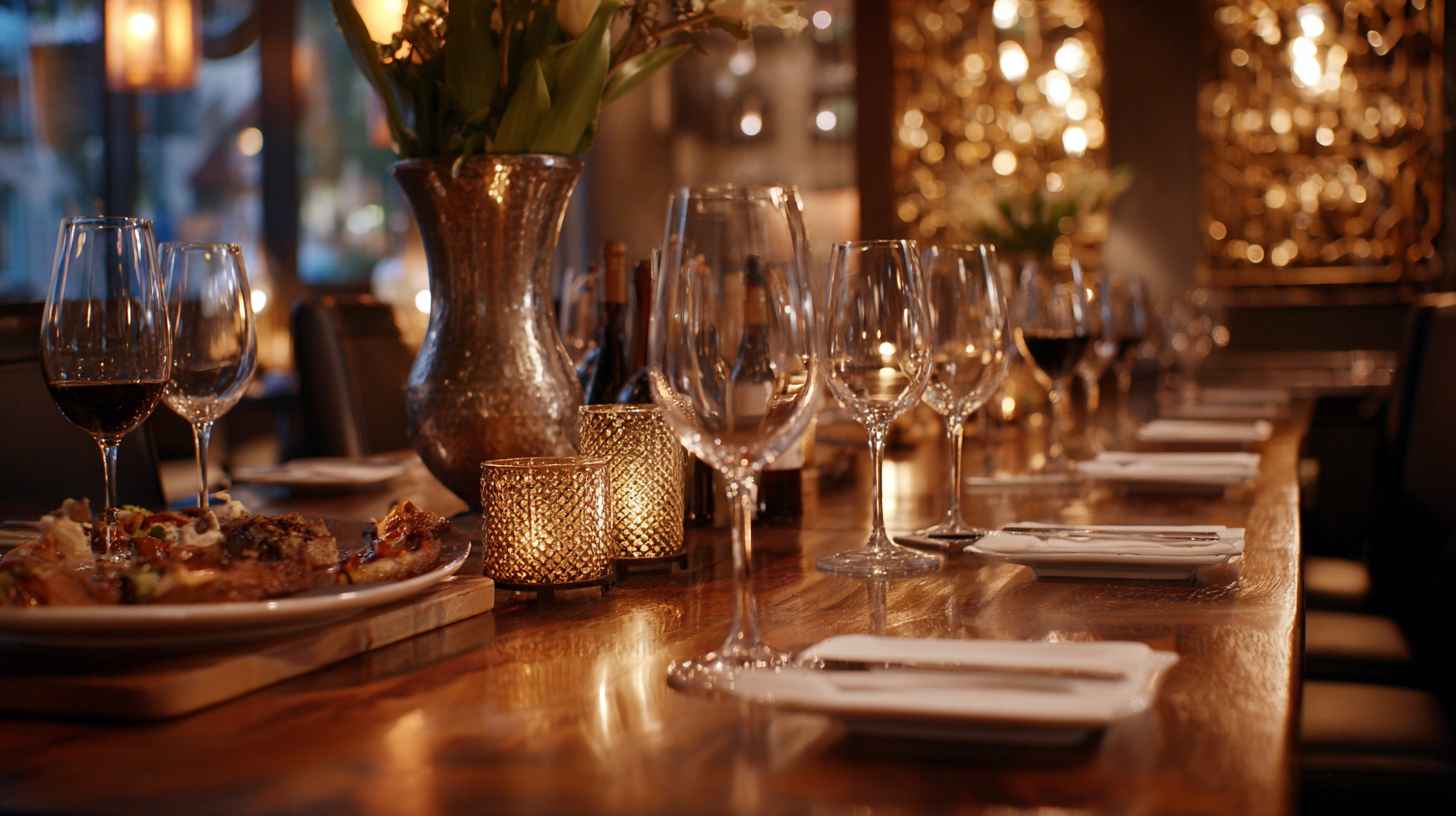
Creating the right ambiance in a standard table restaurant goes beyond just décor and lighting; it heavily relies on the integration of music and soundscapes. According to a study by the Journal of Consumer Research, background music can significantly influence diners' perceptions of food quality and overall satisfaction. The right tempo and genre can create an inviting atmosphere, leading to longer dining durations and increased spending. For instance, slower tempos tend to encourage more leisurely meals, which can enhance guest experience and brand loyalty.
Moreover, soundscapes that incorporate natural sounds, such as gentle water flows or soft nature sounds, can further elevate the dining experience. Research from the University of Southern California found that ambient noise can enhance sensory perceptions, making food taste better and wine more flavorful. A well-curated sound environment, therefore, not only cultivates a calming atmosphere but also enriches the culinary experience, making it a crucial aspect to consider for restaurateurs aiming to captivate their diners effectively.
Creating the perfect ambiance in a standard table restaurant involves a careful consideration of table layouts that enhance both comfort and intimacy for diners. According to industry reports, table spacing plays a crucial role in how patrons experience a meal. Research indicates that when tables are arranged with adequate space, diners feel less crowded and more at ease, echoing findings from a recent study concerning personal discussions. A larger room with spacious desks can significantly boost comfort levels, suggesting that similar principles apply in dining environments.
For instance, a report from the Restaurant Trends 2023 indicates that restaurants with flexible table layouts that can be adjusted based on group size not only attract more diners but also enhance customer satisfaction. By offering configurations that allow for both intimate gatherings and larger parties, restaurants can create a dynamic atmosphere that caters to various customer needs. This flexibility not only maximizes the use of space but also influences the overall dining experience, making guests feel more connected to their companions amidst the thoughtfully designed layout.
In the world of dining, ambiance plays a crucial role in shaping the overall experience. Utilizing scent and texture can elevate a meal from mere sustenance to a captivating event. The strategic use of aromas, such as freshly baked bread or aromatic herbs, engages diners’ olfactory senses, creating an inviting atmosphere that invites them to linger. These scents not only entice but can also evoke memories and emotions, enhancing the connection between the food and the diner.
Texture further enriches the dining experience. Varied textures—from the smoothness of a velvety sauce to the crunch of perfectly roasted vegetables—add depth to each dish. Incorporating tactile elements into the restaurant's design, such as wooden tables or soft fabrics, also invites patrons to interact with their surroundings on a sensory level. Together, scent and texture create a multisensory journey that captivates diners, making them feel at home while also elevating their enjoyment of the meal. This holistic approach ensures that every bite is accompanied by an unforgettable ambiance, transforming a standard table restaurant into a memorable dining destination.
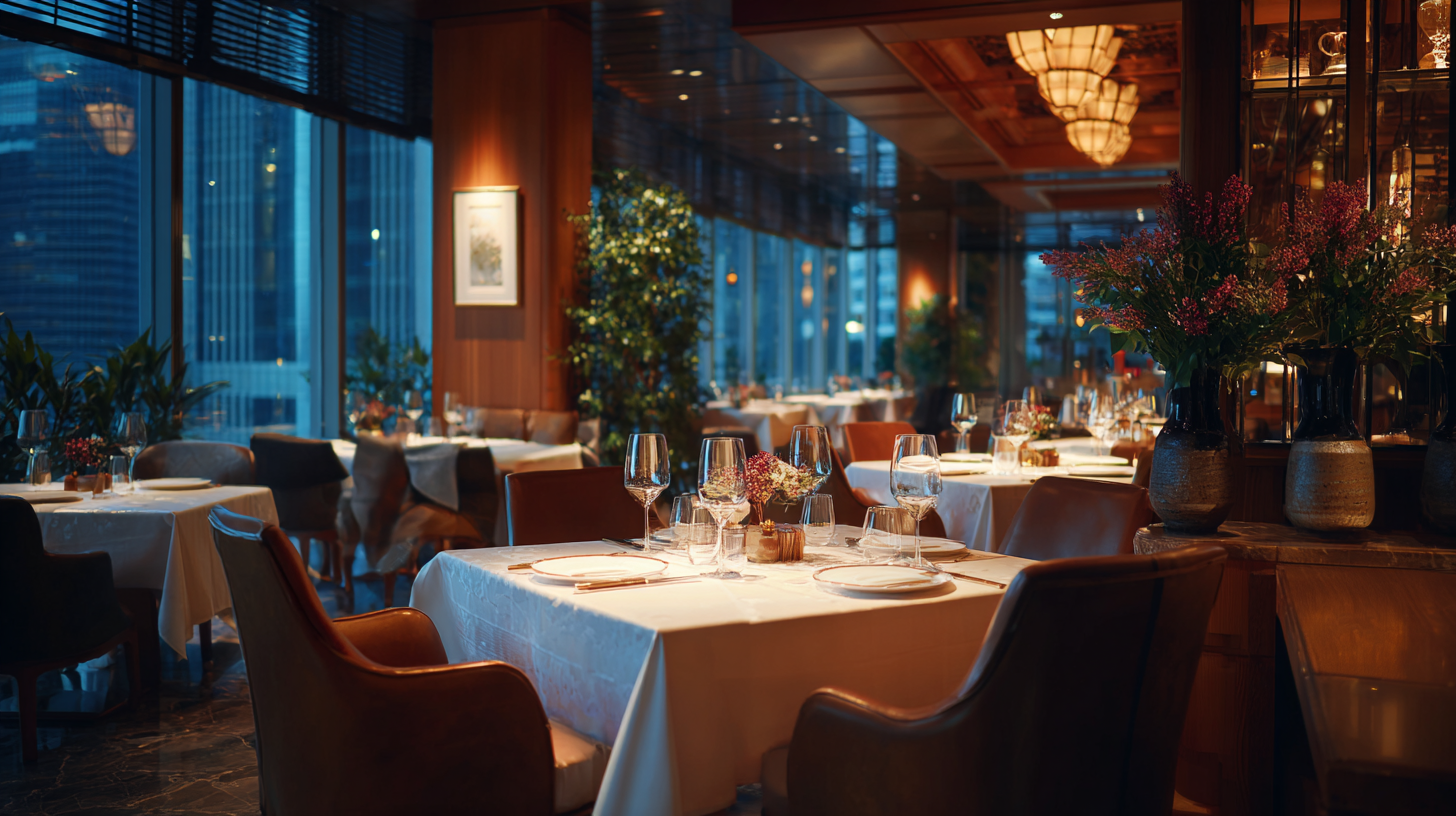


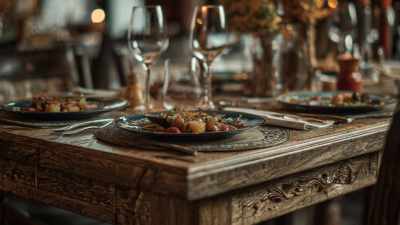
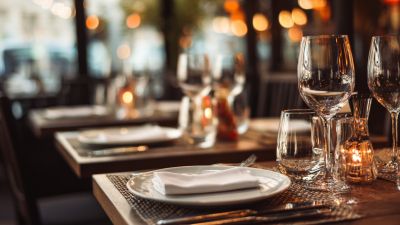
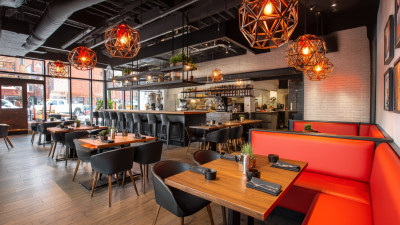

©2024 Pine Vista LLC, DBA Design Manufacturing Group. All Rights Reserved.
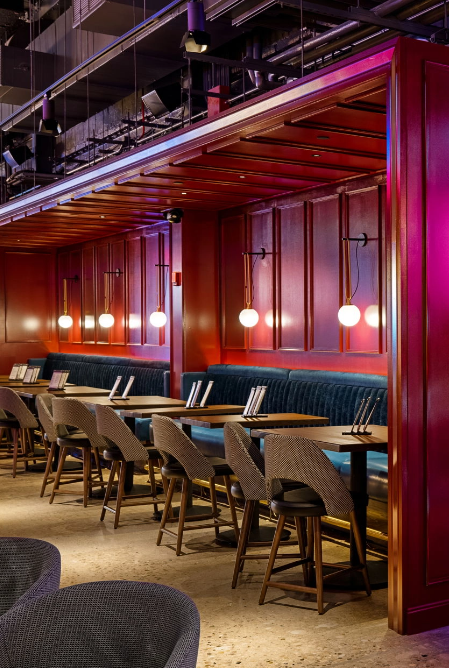


©2024 Pine Vista LLC, DBA Design Manufacturing Group. All Rights Reserved.
